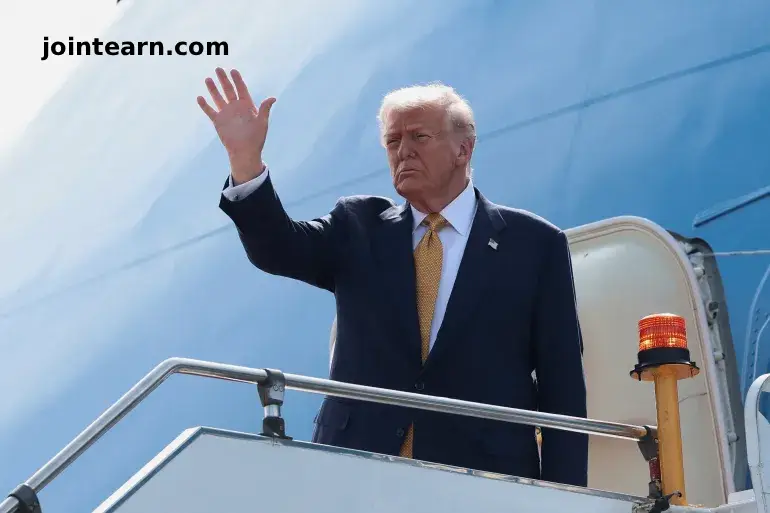
Kuala Lumpur, Malaysia – October 27, 2025 – United States President Donald Trump concluded his visit to Southeast Asia after attending the 47th Association of Southeast Asian Nations (ASEAN) Summit, leaving key questions unanswered about the region’s trade prospects under his unpredictable policies.
Trump’s trip, which included stops in Malaysia, Thailand, Vietnam, and Cambodia, focused on reinforcing bilateral trade relationships and overseeing a ceasefire agreement between Thailand and Cambodia. While the summit featured high-profile meetings and announcements, analysts note that broader concerns—including semiconductor tariffs, transshipment rules, and supply chain integration—remain unresolved.
Trump’s Trade Deals: Highlights and Limitations
On the sidelines of the summit, the White House announced a series of trade agreements and framework deals with several ASEAN countries:
- Malaysia received a comprehensive trade deal, including tariff exemptions on key exports such as palm oil, rubber, and cocoa.
- Cambodia signed a reciprocal trade agreement with commitments to reduce non-tariff barriers.
- Thailand and Vietnam agreed to framework agreements outlining future trade cooperation with the United States.
While the deals ostensibly strengthen US-Southeast Asia economic ties, key issues remain. None of the agreements addressed semiconductor exports, a critical Malaysian industry, or clarified rules around transshipment—the routing of Chinese goods through third countries to bypass existing tariffs. Observers warn that without clear country-of-origin rules, Southeast Asia’s complex, multi-country supply chains could face disruption.
Regional Reactions and Economic Implications
Experts argue that while some concessions, like reduced tariffs and agricultural exports, favor ASEAN countries, the overall framework appears weighted toward US interests. Malaysia, for example, pledged a $70 billion capital investment in the US, while Thailand and Malaysia signed memorandums of agreement to collaborate on rare earth minerals and critical supply chains, including nickel and cobalt.
Jaideep Singh, an analyst at the Institute of Strategic & International Studies (ISIS) in Kuala Lumpur, noted that Malaysia’s commitments largely mirror existing regulations, offering limited new economic advantages. Meanwhile, Priyanka Kishore, director at Asia Decoded, emphasized that Malaysia’s agreement provides “peace of mind” on tariffs, potentially serving as a template for other ASEAN countries negotiating with Washington.
Unanswered Questions on Enforcement and Tariff Policy
Despite the announcements, critical questions persist:
- Will Trump implement 100% semiconductor tariffs or additional taxes on transshipments, as previously threatened?
- How will the US define the country of origin for goods crossing multiple borders before final production?
- What legal status and enforceability do these trade deals hold, given they are not traditional free trade agreements and may rely on emergency powers rather than congressional approval?
Jayant Menon, senior fellow at the ISEAS-Yusof Ishak Institute, highlighted that enforcement may rely on the threat of punitive tariffs, rather than formal trade mechanisms, leaving ASEAN countries in a state of uncertainty.
Looking Ahead for Southeast Asia
Trump’s ASEAN visit underscores the continuing tension between US trade ambitions and Southeast Asia’s integrated regional economies. While the deals provide some short-term clarity on tariffs and investment, the lack of comprehensive agreements on industry-specific tariffs, semiconductors, and multi-country supply chains leaves many ASEAN countries navigating an unpredictable trade landscape.
For nations like Indonesia and the Philippines, which were not part of the latest deals, the summit raises questions about how they will negotiate similar terms with the United States. Observers warn that the coming months will be critical in determining whether these frameworks translate into tangible economic benefits or remain symbolic gestures.

Leave a Reply